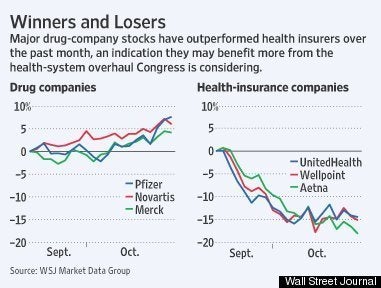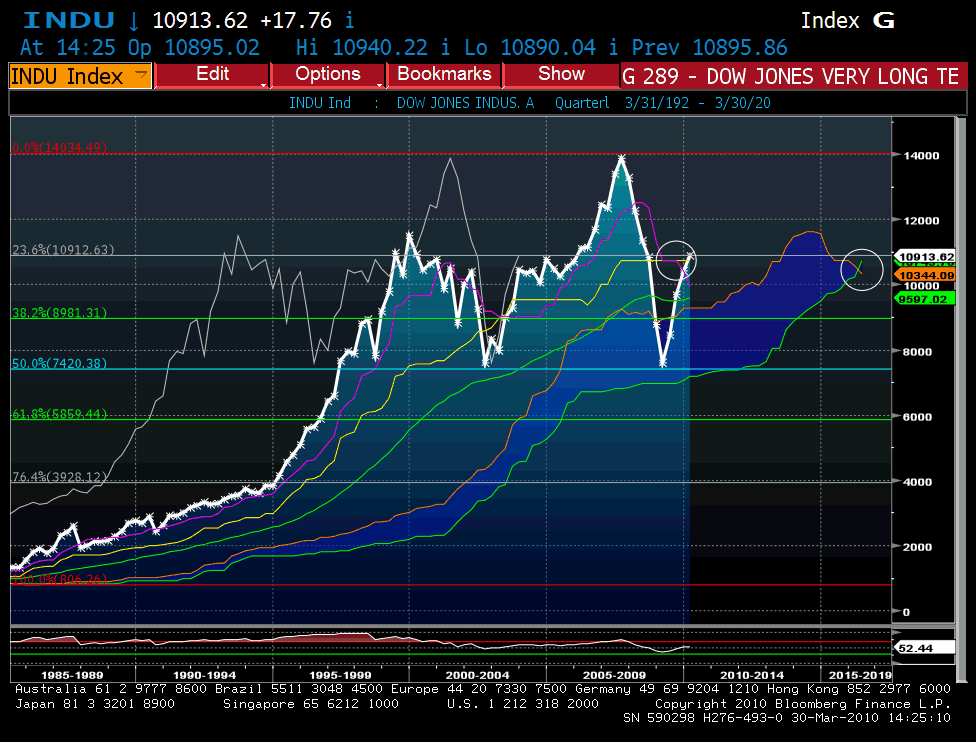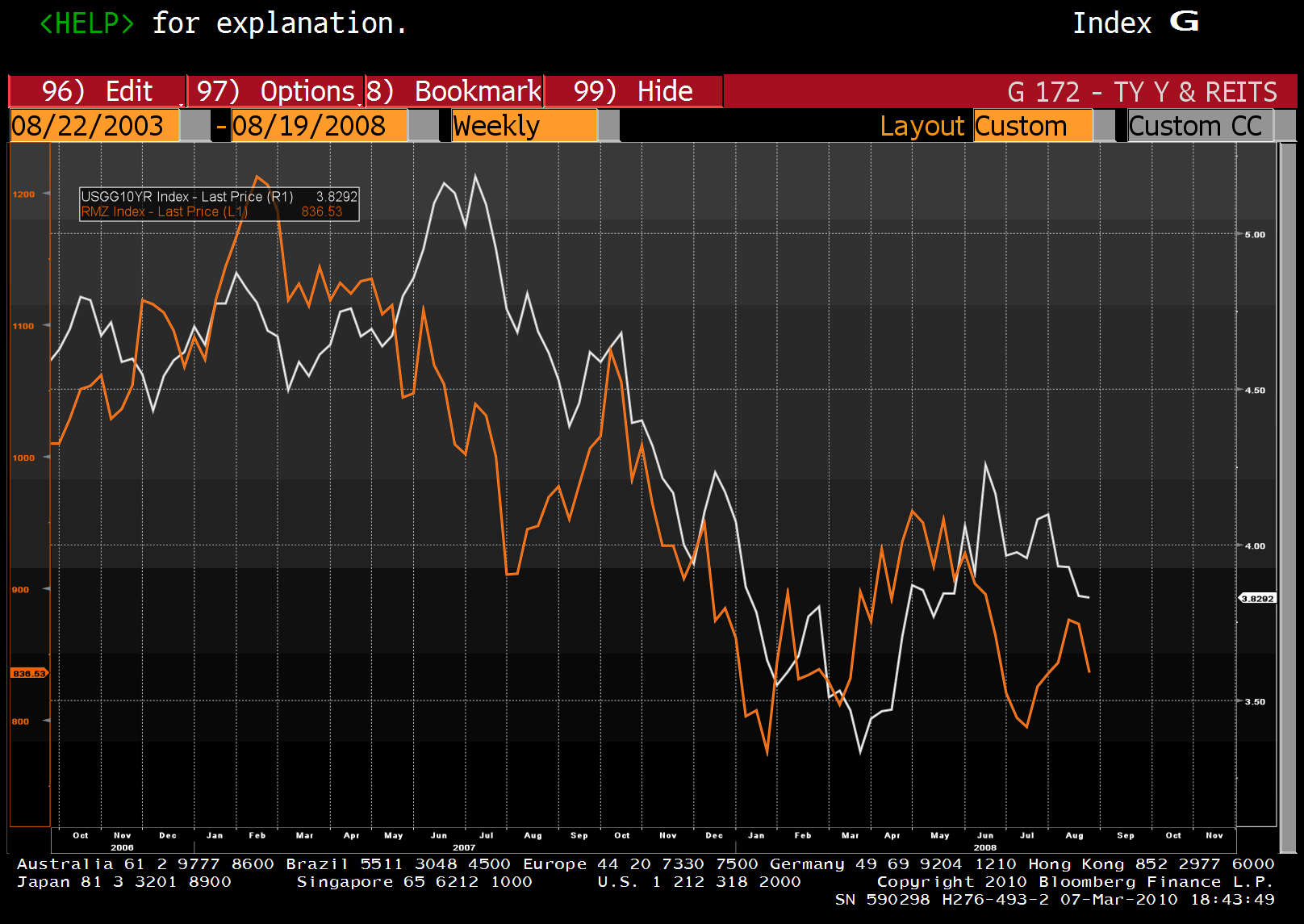
A gray Obama will win in 2012, and will be dealt another financial crisis in 2014.
At market turning points, mood is often extreme. Take the pessimism at the start of Obama's term in January, 2009. Who would have guessed that Barack Obama's first year in office would be the best for stock market shareholders in 76 years? What's more, the Standard & Poor's 500 Index, which gained 70% in the past 12 months, has a lot of room to run if history is a guide. Since the 1960's, the average bull market has lasted about 1000 trading days and the current run up has exhausted less than 27% of that time. It will still be running up during the 2012 presidential election, reversing the appalling loss of 3.3 million jobs in 2009 and boosting the already strong odds that Obama will win a second term. ( See www.scribd.com/dbsanz for more on this.)

The Dow Over Decades
More than $8 trillion in U.S. government stimulus stabilized the financial system and has restored $6 trillion to stock market valuations since March 9, 2009. Share prices continue to be buoyed by cheap money as the Federal Reserve keeps its target rate for overnight loans between banks near zero and worker productivity climbed at the fastest rate in seven years. Inflation remains contained, with consumer prices excluding food and energy below 2 % . Home prices increased seven straight months through December, 2009 according to the Case-Shiller Index.

Housing prices no longer in free fall
Bonds
U.S. investment-grade corporate bonds measured by Bank of America Merrill Lynch indexes have gained 34% since bottoming in October 2008, while in 2010 the U.S. has sold $2.92 trillion in debt, most of it to China and Japan, to help finance a budget deficit estimated at a record $1.6 trillion. Yields on 10-year Treasury notes remain below 4 %, compared with an average of 5% since 1995, theoretically indicating rising confidence in the ability of the U.S. to pay back the money it owes. In 1982 during the last recession, 30-year yields were 14% and Paul Volcker, now 82 and whispering in Obama's ear, was chairman of the Fed.

The relationship between U.S. government debt and real estate
Price to Earnings Ratio is Low
The S&P 500 is valued at 14.7 times 2010 profit should earnings for companies in the index rise 27 percent in 2010. Wall Street firms predict total operating income at S&P 500 companies will rise 50 percent in the next two years, the biggest increase since the stealth bear market of 1994.
...But Caution is in Order and Lookout for 2014
Stock increases may slow as equity managers run out of money to spend, history shows. Cash has dropped to 3.6 % of U.S. mutual fund assets from 5.7 % in January, 2009, leaving them with $172 billion in the quickest decline since 1991, Investment Company Institute data show. The last time stock managers held such a small proportion was September 2007, a month before the S&P 500 began a nearly 61.8% freefall. The fact that stocks fell 57%, but did not reach 61.8%, is a hint that the bias remains upward. 61.8 is no accident. It's a very important number for predicting where stock prices will go and when.
If the current bull run lasts 1000 days it will reach exhaustion after April, 2013. My research of market patterns and Fibonacci time relationships paints a grim picture after that. The odds of a Great Economic Crash between May, 2013 and October, 2014 are high.
1994 bond crash plus 21 = 2015
2000 crash plus 13 = 2013
1873 crash -1819 crash = 54 * 3.618 = 195.37
1819 plus 195.37 = 2014
2002 low - 1982 low = 20 * 1.618 = 32.36
1982 low plus 32.36 = 2014.36
For more market opinions, see www.usdollar.us.com